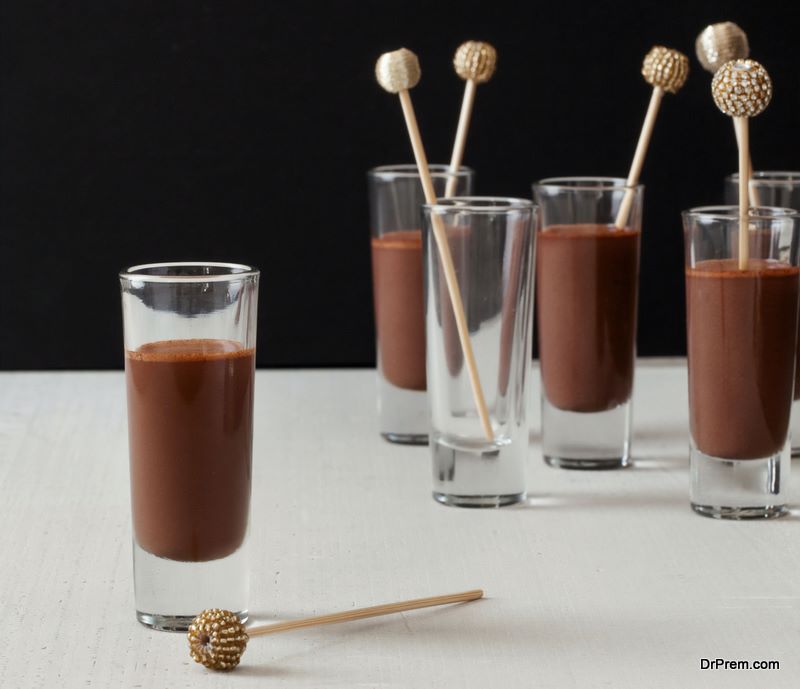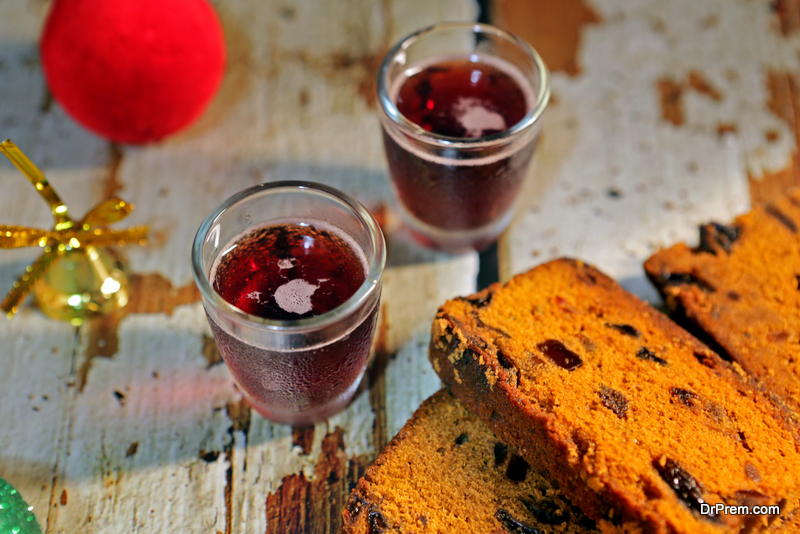Although you might have enjoyed a smooth port wine or an interesting liqueur after a big, delicious meal in place of a dessert, it might be time to recognise the value of combining the two. The union of alcohol and dessert is slowly being seen as a way to imbue tired dessert favourites with far more interesting and complex flavours, allowing desserts to be just as much of a delicious challenge as a high quality meal. In this article, we take a look at how alcohol – and particularly aged spirits – can take desserts to the next level.
How aging makes alcohol more dessert-appropriate
 Not all alcohols are intended to be used in desserts, but those that are can make quite an impact. Although there are some simple – yet fantastic – additions to desserts that are very well known, such as crème de menthe, Bailey’s Irish Cream and chocolate liqueur, some of the more commonly drunk spirits also have a place in our desserts. Although you might think of popular drinks like bourbon and rum being reserved for cocktails and mixers, the aging process slowly transforms these spirits into dessert-worthy ingredients.
Not all alcohols are intended to be used in desserts, but those that are can make quite an impact. Although there are some simple – yet fantastic – additions to desserts that are very well known, such as crème de menthe, Bailey’s Irish Cream and chocolate liqueur, some of the more commonly drunk spirits also have a place in our desserts. Although you might think of popular drinks like bourbon and rum being reserved for cocktails and mixers, the aging process slowly transforms these spirits into dessert-worthy ingredients.
Unlike neutral spirits like vodka, the make-up of these brown spirits allows them to slowly take on a variety of complex and sweet flavours over the course of a few years. In oak barrels, the relatively basic flavour profile of these brown spirits can eventually take on notes of nuts, caramel, sultanas and vanilla, all notes that pair wonderfully with desserts. Aged bourbon is often paired with chocolate and vanilla-based dishes, while aged dark rums are found to wonderfully complement a diverse array of sweet and buttery flavours, such as orange, banana, coconut, cashews, mint and macadamia nuts.
Other ways that alcohol works in desserts
The unique chemical composition of chocolate alcohol also allows it to have some very interesting effects on desserts. You might have seen some desserts being lit on fire as they were served – cherries jubilee being a great example – and wondered how a dish bathed in flames might actually taste. This process, called flambéing, is actually quite interesting – the desserts that are lit on fire don’t actually burn due to the heat of the combustion being fully absorbed by the vaporisation of the water present in the spirit.
The heat of the flame caused by the alcohol still manages to caramelise the sugars in the dessert, however, so although it can be a bit of a spectacle it’s still helpful to know that changes the flavour profile. Adding alcohol to ice-cream also has some interesting effects – an addition of booze to the ice-cream lowers the freezing point, which translates to less ice crystals and a much smoother and silkier texture – just don’t add too much, as otherwise it won’t freeze at all!
Looking to wow your guests at your next dinner party?
If you were struggling to come up with a great menu for your next dinner party, don’t just stop at the wine list – incorporating alcohol into desserts can help make plain desserts complex, and if you’re brave enough you might even consider doing a little flambe for your guests! It’s never a bad idea to advise guests before dinner or party that your dessert might contain alcohol, as it can really sneak up on someone unexpectedly!
Article Submitted By Community Writer



